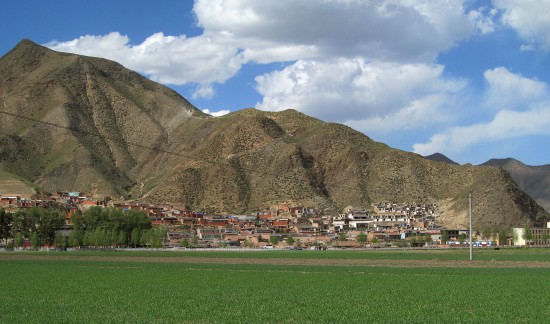The Tibet Autonomous Region of the People's Republic of China has reached this year's target for its centrally funded afforestation project with a reported increased forest coverage of 82,666 hectares, representing a 23-percent climb over last year's accomplishment, according to Xinhua.
The 30-billion-yuan (about $4.8 billion) afforestation project aims to increase the green cover in lands along six major rivers in Tibet, including the Yarlung Zangbo, Ngulchu, Lhasa, Nyangchu, Nyakchu and Sengye Khabap rivers.
The new forest covering will help conserve soil and water resources, as well as prevent sandstorms in these areas. The afforestation project started in March 2014 and is expected to be completed by 2030.
In terms of central government funding, the afforestation project is the second largest in the autonomous region after the Qinghai-Tibet Railway, which went operational in 2006.
Although funded mainly by the central government, the local forestry authorities have also been making use of their own existing funds to support the afforestation project.
In fact, the local government of Tibet already has previous plans to have the region's forest coverage increased by 260,000 hectares from 2011 until 2015.
According to Dong Yijun, an official with Tibet's forestry department, the region now has completed planting 32,140 hectares of trees and has closed off 50,526 hectares of hills and mountains to allow the newly planted trees and grass in the area to grow.
He also said that the increase in the green coverage area was not only the result of efforts made by central and local governments, but also because of the private initiatives displayed by the residents themselves who have become more environmentally aware now.
The Tibetan Plateau, the largest and highest plateau in the world, sustains a unique but fragile high-altitude ecosystem. The intensified drive to afforest and reforest the areas along the six major rivers may not only help arrest its further erosion, but also possibly contribute to the revival of Tibet's now declining rare wildlife population.



























